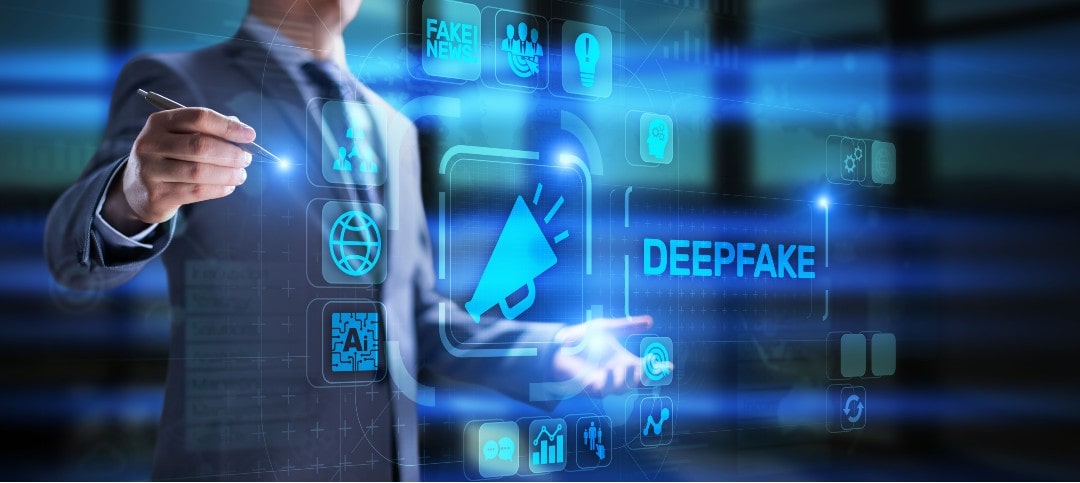Tech enthusiasts and professionals struggle constantly against irrelevance. The fast-paced changes in technology mean catch-up to remain in circulation. Books are the best option for authentic and in-depth information on technology. This IT blog lists the twelve must-read tech books for IT enthusiasts.
1.The Four: The Hidden DNA of Amazon, Apple, Facebook and Google
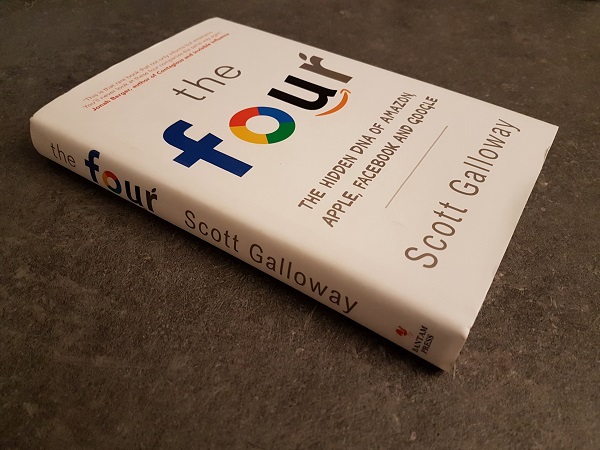
Image Source: Medium
Author: Scott Galloway
The best-seller “The Four: The Hidden DNA of Amazon, Apple, Facebook and Google” charts the fortunes of the big four in technology today. The author explores how Google grew into a conglomerate from its humble search engine project. Next, he traces the growth of Facebook as the social media giant, gobbling up competition on its way. He then analyses how Amazon retains dominance over online retail. What makes the book stand out is the answers to tough questions left unanswered by others. The book offers inspiration for tech enthusiasts out to better themselves and push frontiers.
2. Designed for Digital: How to Architect Your Business for Sustained Success
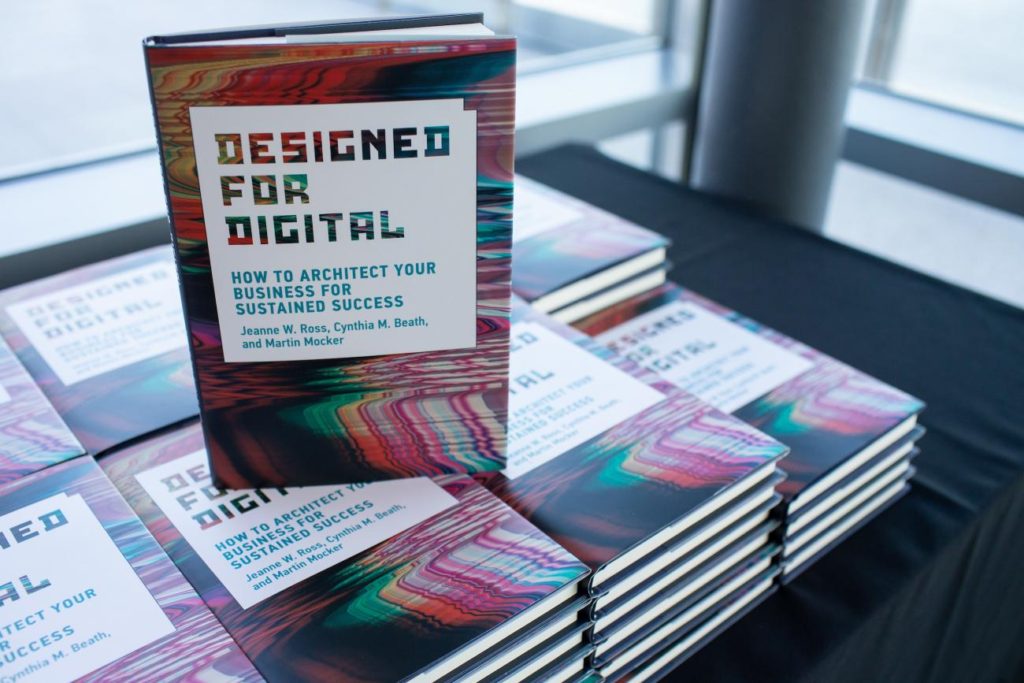
Image Source: cisr.mit
Authors: Jeanne W. Ross, Cynthia M. Beath, and Martin Mocker
Many enterprises prefer an imperfect yet working status-quo to a risky transformation. They soon go out of business. In a fluid business environment, only agile businesses thrive. Success depends on innovation to cater to new customer wants, and flexibility to adapt to changes fast. Agile enterprises abandon their obsession with formal structures and focus on business design.
“Designed for Digital: How to Architect Your Business for Sustained Success” offers practical tips on how to indulge in agile digital transformation without disrupting revenue sources and profits. The authors explain how to leverage digital technologies for competitive advantage. They discuss five capabilities that enable enterprises to refine and execute their business strategies. The book includes case studies from Amazon, LEGO, Philips, Schneider Electric, and other industry leaders.
3. Innovation Lab Excellence: Digital Transformation from Within
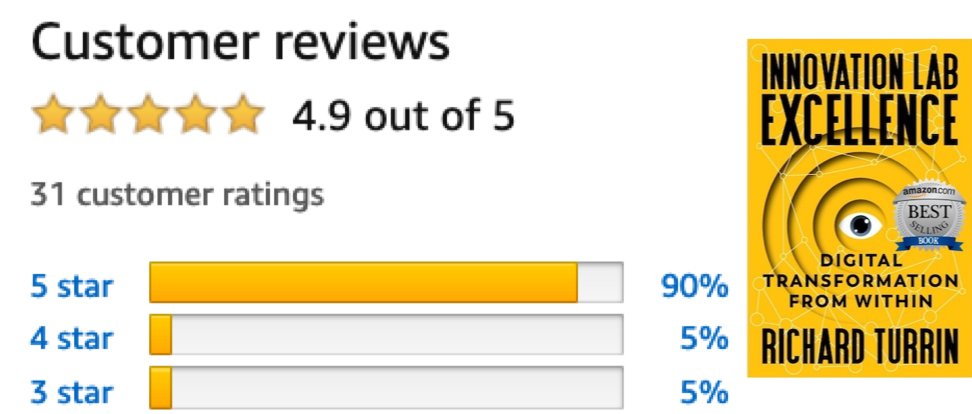
Author: Richard Turrin
“Innovation Lab Excellence: Digital Transformation from Within” makes a detailed analysis of what it takes for innovation to thrive. The author takes the reader behind the scenes of innovation labs and discusses best practices that overcome typical problems.
The book is a must-read for those wanting to transcend the hype and achieve tangible results in innovation.
4. Artificial Intelligence: The Insights You Need from Harvard Business Review
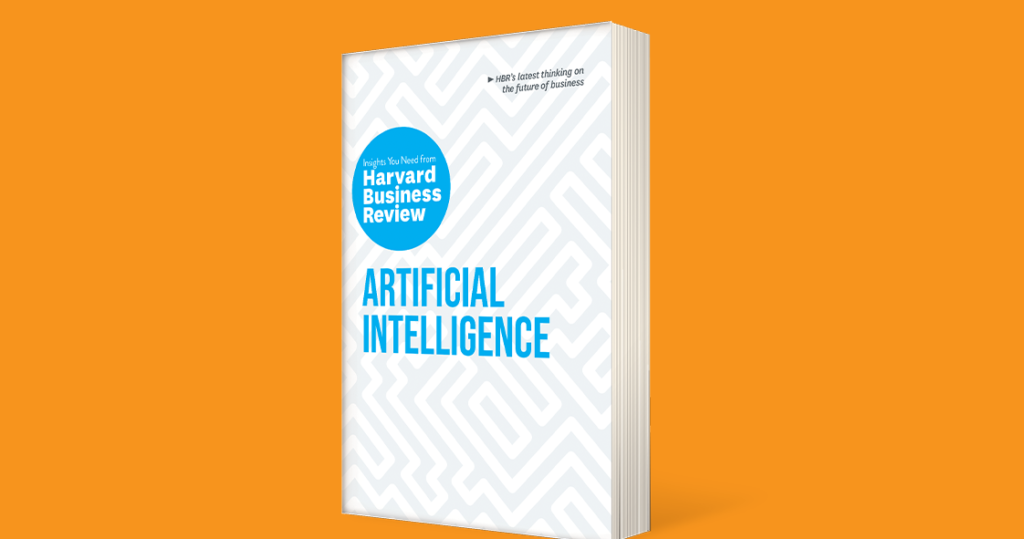
Image Source: Harvard Business Review
Authors: Thomas H. Davenport, Erik Brynjolfsson, Andrew McAfee, and H. James Wilson
Artificial Intelligence (AI) is fast becoming as commonplace as electricity and the Internet. Enterprises that do not use AI will soon become obsolete.
“Artificial Intelligence: The Insights You Need from Harvard Business Review” is a collection of published articles. Each topic includes articles by thought leaders, discussion questions and two Harvard Business School case studies. A combined reading offers a comprehensive overview of the developments in AI. The authors explain how to launch the right AI-based initiatives and leverage machine learning for competitive advantage.
Enterprises looking to leverage AI to automate work, enable robots to respond to emotions, and make fast decisions will find this book useful.
5. The Deep Learning Revolution

Author: Terrence J. Sejnowski
Deep learning, the subset of machine learning, comprises neural networks that mimic the structure of the human brain. In “The Deep Learning Revolution” the author traces the development of deep learning from an academic exercise to a strategic tool in the information economy.
Some of the manifestations of deep learning are driverless cars, Google Translate, virtual assistants such as Alexa and Siri, profits from automated trading on the New York Stock Exchange, and more. The potential is endless. The book is a must-read to understand Artificial Intelligence.
6. Soonish: Ten Emerging Technologies That’ll Improve and/or Ruin Everything
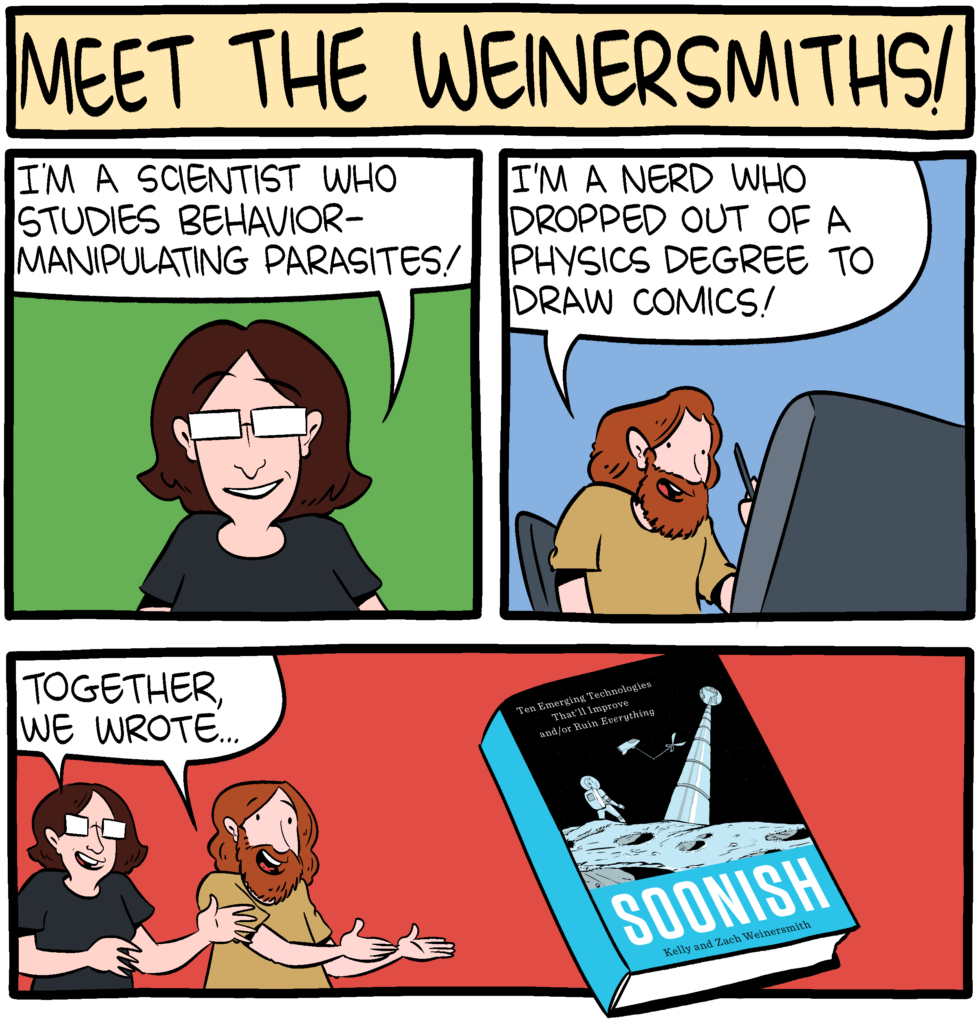
Authors: Kelly Weinersmith and Zach Weinersmith
Technology is always in a state of flux. New technologies emerge by the day, but only a few enjoy widespread adoption. In “Soonish: Ten Emerging Technologies That’ll Improve and/or Ruin Everything” the authors investigate ten technology breakthroughs that may have a profound impact on the future. The author discusses augmented reality, programmable matter, robotics, space travel, nuclear fusion-powered toasters, and more.
The authors comb through existing research and interview those at the forefront of these emerging technologies. They analyse the importance of these technologies, how they work, and the inhibiting factors. The funny and humorous tone makes the book stand out.
7. Low-Tech Guy in a High-Tech World: Managing People, Sales, and Business in Today’s Corporate Environment
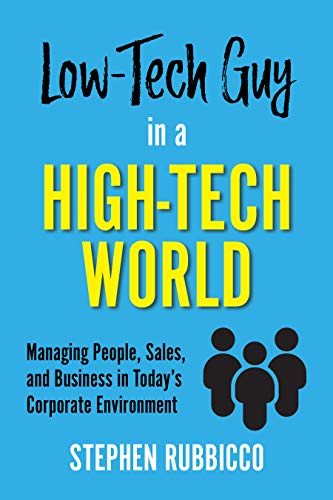
Author: Stephen Rubbicco
Change is the only constant in the corporate world. Technology, values, customer preferences, all change by the day, and so do the humans who drive companies forward. Companies have transitioned from being revenue-driven to cost-driven and now to data- and data analytics-driven.
But the obsession with data comes with the risk of losing sight of the big picture. Many companies forget values not quantifiable or supported by data. Values such as relationship-building, accountability, and customer service made the company what they are, but may not rank high in an ROI driven analysis.
In “Low-Tech Guy in a High-Tech World: Managing People, Sales, and Business in Today’s Corporate Environment” the author advocates a back-to-basics approach in management. He takes an insightful look at current business practices, and analyses what is wrong with the current approach.
8. The Robots Are Coming! The Future of Jobs in the Age of Automation
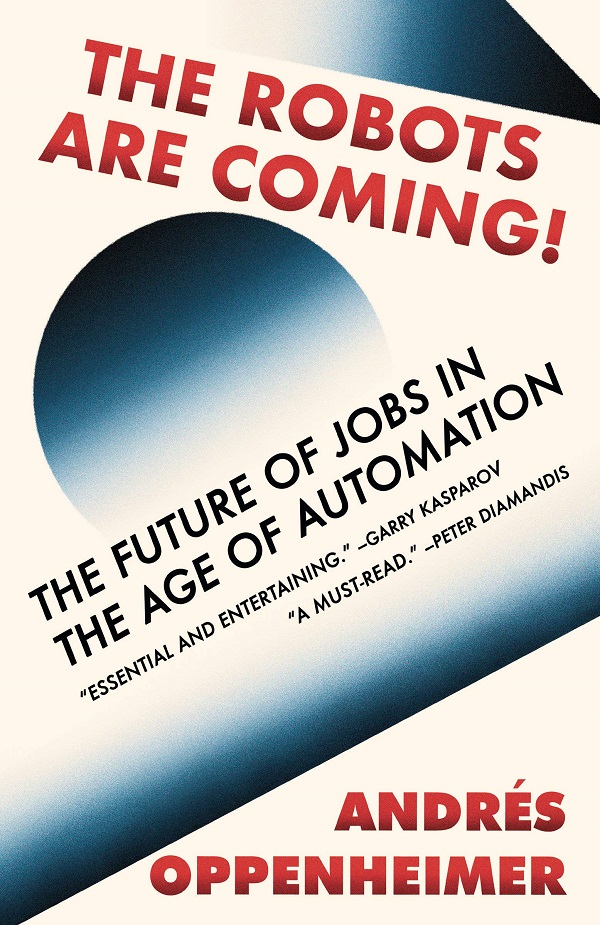
Authors: Andres Oppenheimer, Ezra E. Fitz
“The Robots Are Coming! The Future of Jobs in the Age of Automation” is a thought-provoking book on the future of jobs. The author interviews experts in technology and economics to conclude 47% of existing jobs will become automated or obsolete in the next twenty years.
The author analyses the impact of automation in banking, food, law, medicine, and several other sectors. He discusses the perspectives of both the “techno-optimists” and the “techno-negativists” and presents a middle ground.
9. Fighting Diabetes the High Tech Way
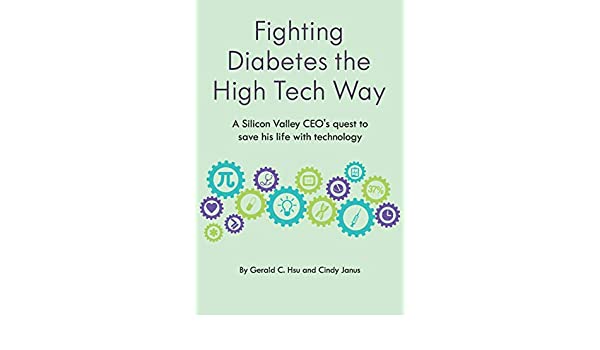
Author: Gerald C. Hsu, Cindy Janus
“Fighting Diabetes the High Tech Way” is an amazing book of how a Silicon Valley CEO saves his life with technology. Diagnosed with Type II diabetes, Gerald Hsu relied on prescribed medication to control his condition, in vain. Fed up with a life of insulin injections and dialysis treatments, Gerald researched about chronic diseases and nutrition. He creates a non-profit diabetes research organisation and develops eclaireMD, a diabetes management software system. The book describes how he identifies, assesses, monitors and treats his condition, and reverse the damage to his health.
10.Hit Refresh
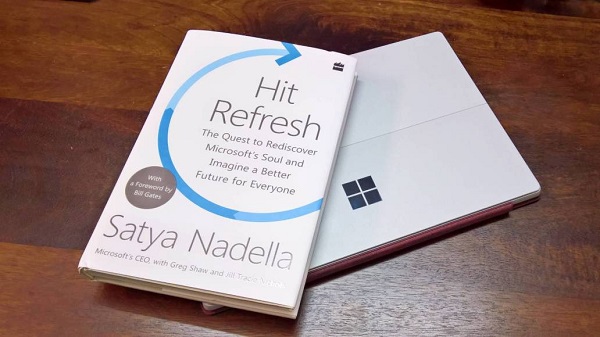
Image Source: Medium
Author: Satya Nadella
In “Hit Refresh” Satya Nadella, the CEO of Microsoft makes sense of change. He discusses the changes occurring inside Microsoft, and also how to change at the individual level. He explains the potential and indispensability of innovation and how it changes our lives. He touches on the next wave of emerging technologies, including computerised reasoning, blended reality, and quantum processing.
11. The Promise and the Peril of the Digital Age
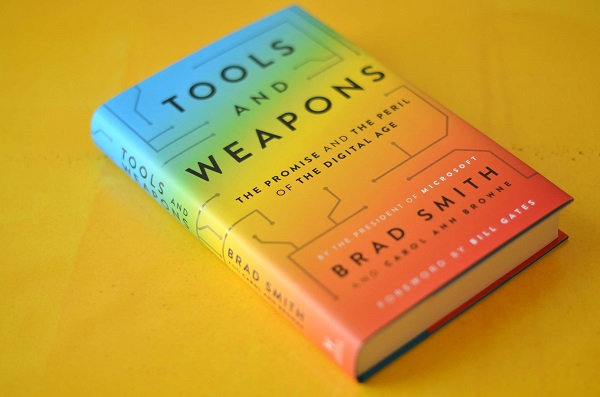
Authors: Brad Smith, Carol Ann Browne. Forward by Bill Gates
“The Promise and Peril of the Digital Age” offers insights on how to survive the digital age. The book discusses both the potential and perils of digital technology and explains how to balance promise with risks.
The author highlights the responsibility of technology creators. He explains how Microsoft dealt with moral issues related to privacy, cybercrime, social media, artificial intelligence, and more. All these were untrodden paths, with no benchmarks. The book explores the relationship between technology and inequality, and the challenges technology poses to democracy. It makes a case for governments to regulate technology.
12. AI Superpowers: China, Silicon Valley and the New World Order
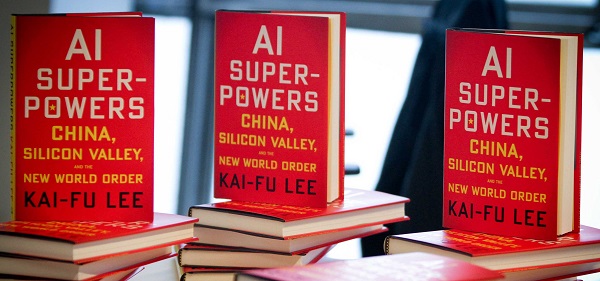
Image Source: Medium
Author: Kai-Fu Lee
“AI Superpowers” is an interesting comparison between Silicon Valley and Chinese tech firms. The author narrates the cultural differences between Silicon Valley and Chinese tech firms. Most U.S. companies are mission-driven. They seek to innovate, and value perfection. Chinese tech firms are more flexible and oriented to the market. The author next discusses the contrasting approach to AI taken by Chinese and Silicon Valley firms. He focuses on the often-ignored emotional implications of Artificial Intelligence.
Working knowledge of current and emerging technologies benefits everyone in IT. Forward-looking enterprises encourage reading and promote a learning culture among its workforce.








